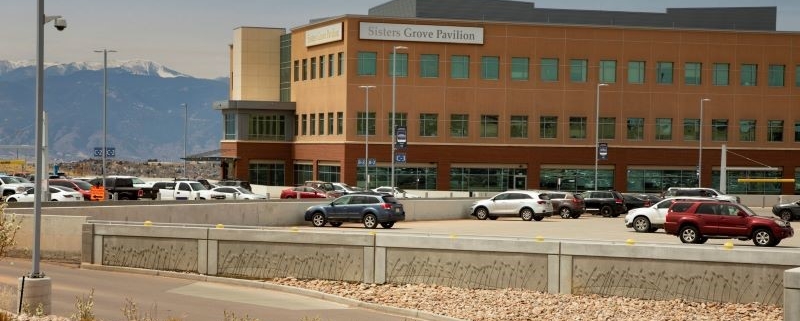On-Campus Medical Outpatient Building In Colorado Springs Just Closed
CBRE U.S. Healthcare and Life Sciences Capital Markets just announced the closing of Sisters Grove Pavilion, located in Colorado Springs, Colorado.
Chris Bodnar, Brannan Knott, Cole Reethof, Trent Jemmett, Zack Holderman and Jesse Greshin partnered with Dann Burke, Ty Ritchie and Lee Diamond in the local market as the seller’s exclusive advisors.
Sisters Grove Pavilion is a 108,204 square foot medical outpatient building located in growing Colorado Springs submarket of Colorado. The property is located on-campus and directly connected to CommonSpirit Health’s 257-bed St. Francis Hospital, recognized as a top 100 hospital in the country and named the “Best Hospital in Colorado Springs.”
Sisters Grove Pavilion will is anchored by CommonSpirit (Fitch “A-“) related entities, as well as PENRAD Imaging, Audubon Ambulatory Surgery Center and is also 15% leased directly to the CommonSpirit St. Francis Hospital. The Class A medical outpatient building includes an 8-OR, multi-specialty, ambulatory surgery center and a PENRAD Imaging suite.
Sisters Grove Pavilion was purpose-built in 2008 in conjunction with the adjoining St. Francis Hospital and was the first medical outpatient building on the campus. The Hospital represents the only full-service hospital in Northern Colorado Springs and features a modern Birth Center, Level III Neonatal Intensive Care Unit, Pediatric Care Unit, Emergency Department, Level III Trauma Center, Imaging Services, Surgical Services and Critical Care Unit.
Source: HREI




